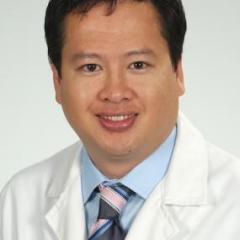Multiple projects in spine surgery
Field:
- Neuroscience
- Surgery and subspecialties
Location: Ochsner Clinical School
Type of student:
- Both HDR and Extra-curricular
- Honours students
- 4 Unit Masters of Public Health (MPH) Student
- PGY1: Post-graduate year 1
- PGY2: Post-graduate year 2
Brief synopsis:
Background: Spinal cord stimulation (SCS) can be an effective treatment for chronic and refractory neck, back or extremity pain resulting after laminectomy or spinal fusion. SCS is also used to relieve neuropathic pain caused by chronic regional pain syndrome or brachial plexus injury. With the advancements of novel stimulation paradigms and the increased clinician awareness about the efficacy of SCS, an increasing number of patients are being offered SCS to treat their chronic pain syndrome.
SCS has been shown to offer superior pain relief and inferior long-term healthcare costs when compared to conservative medical management. However, the long-term success rate of SCS can negatively be affected by poor patients selection methods, perioperative complications and lack of post-procedure follow-up or programming. Reports of relatively high explantation rates during the first year after implantation suggest that there is a need to standardize the practice and to come with meaningful guidelines.
Aim/Methods: The goal of this study is to retrospectively review all cases of SCS trials and permanent implants performed at Ochsner Health System in the last 20 years to assess indications, complications, pain outcomes assessment methods, explantation rates and incidence of subsequent spine surgery. The gathered data will allow development of regional institutional SCS practice guidelines to be implemented during interdisciplinary neuromodulation board conferences.

